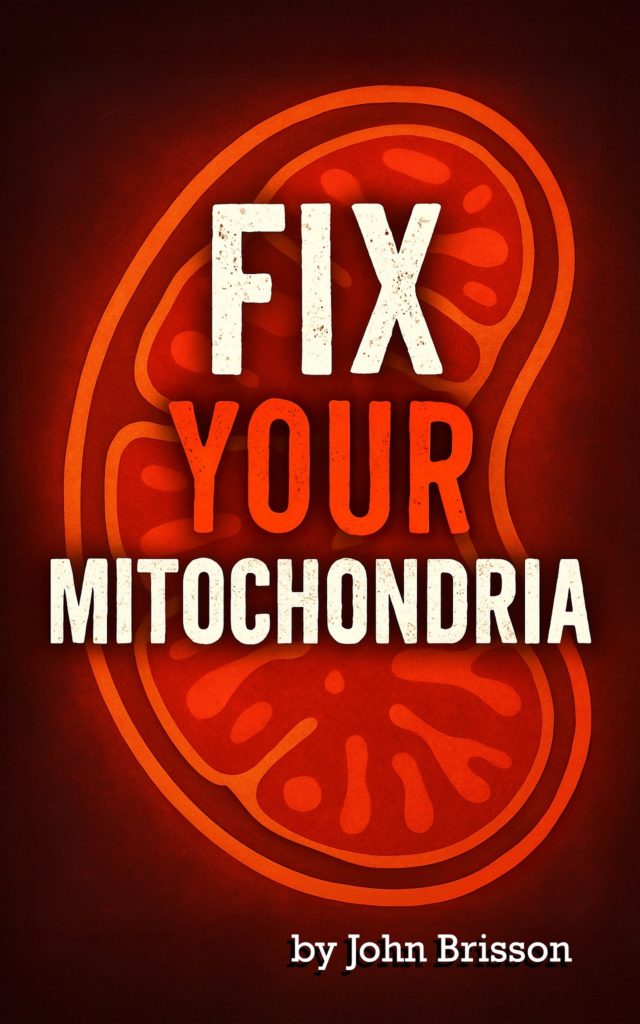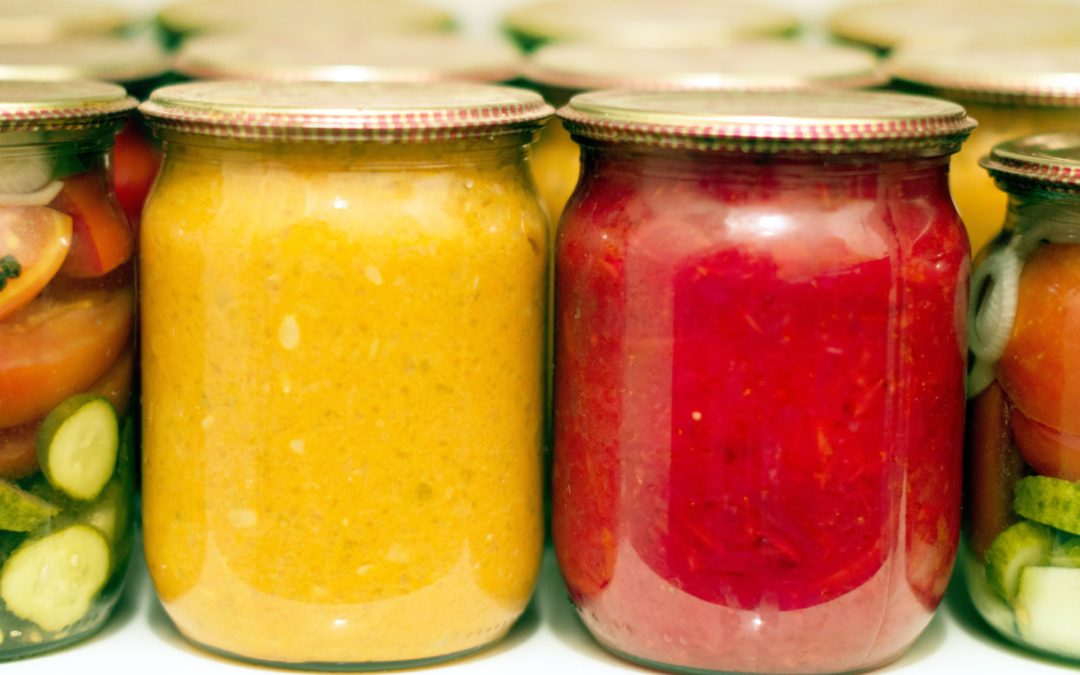
by John Brisson | Mar 12, 2025 | Biofilm, C. diff, Digestive Health, Opportunistic Microorganisms
Updated 2025 Clostridioides difficile (C. difficile) infection cases are increasing throughout the United States, causing a current healthcare crisis. An extensive, nationwide health insurance database analysis by the University of Pennsylvania determined that the...
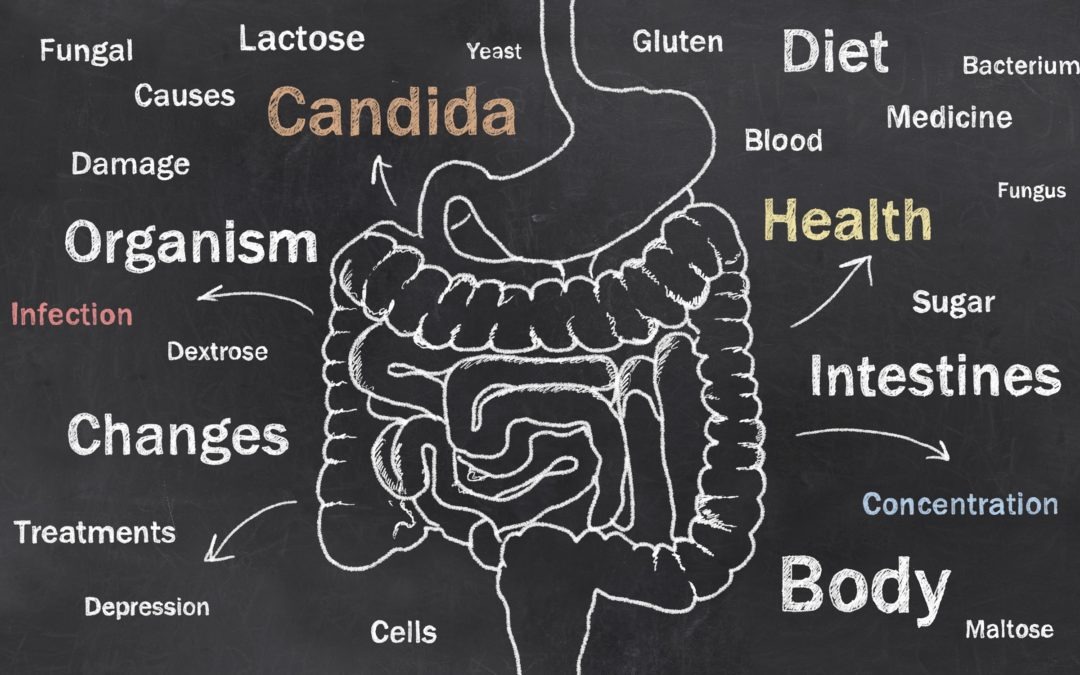
by John Brisson | Oct 20, 2024 | Digestive Health, GERD, LPR/LERD, Opportunistic Microorganisms, Oral Health, Reflux, SIBO, Skin Health and Microbiome
Updated 2024 Candida Dysbiosis, Are You Suffering from It? All About Candida Dysbiosis Candida is a genus of yeasts found within most humans’ intestinal and vaginal flora and is generally considered commensal unless overgrown. Candida can become opportunistic...
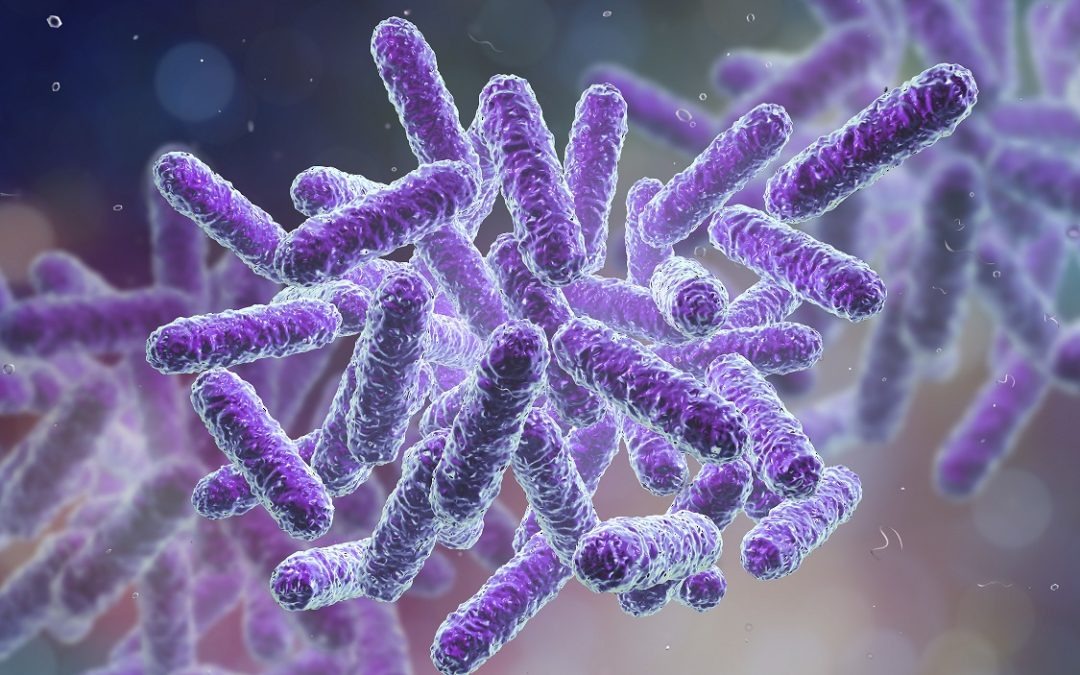
by John Brisson | Aug 19, 2023 | Biofilm, Digestive Health, Endotoxin, Opportunistic Microorganisms, SIBO, Upper gut
Klebsiella Causes Rheumatoid Arthritis, Ankylosing Spondylitis, and What to Do to Hopefully Recover Bacteria are ubiquitous, and some are more helpful in improving our health than others. Some bacteria are mutualists; for example, we feed them nutrients through eating...
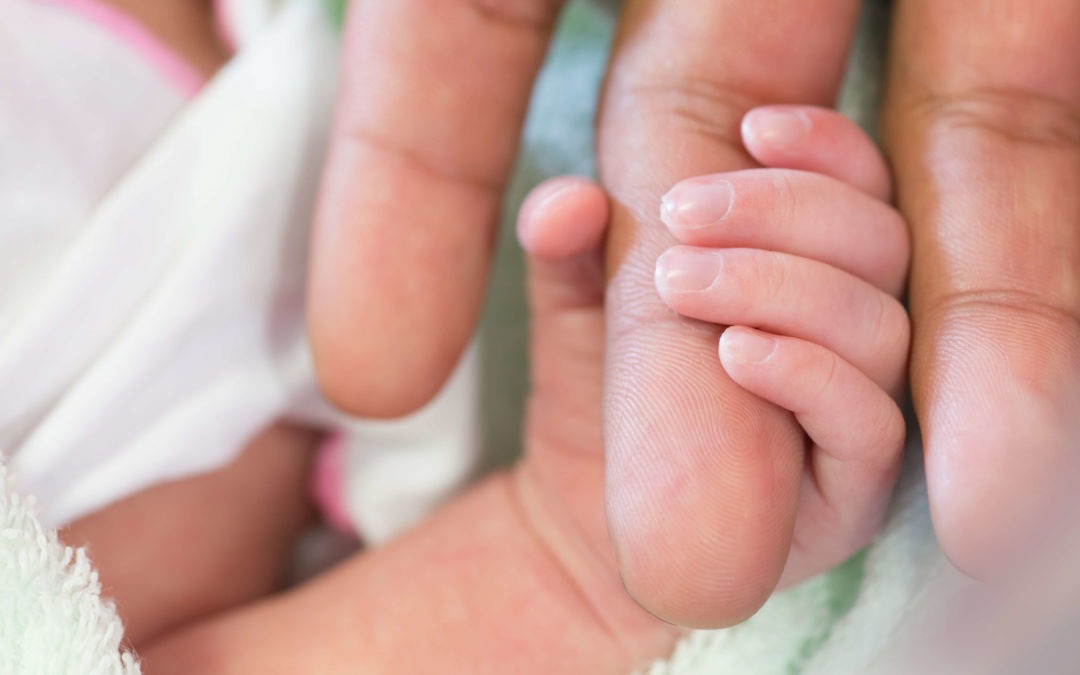
by John Brisson | Mar 5, 2021 | Digestive Health, Opportunistic Microorganisms
Cesarean section, performed when medically necessary, is an essential surgery for both mother and baby survival. For 2018, 32% of all infant deliveries were by C-section in the United States of America. C-section deliveries have many risks involved and are an...

by Jason Hooper | Mar 1, 2021 | Awareness and Advocacy, Digestive Health, Magnesium, Mitochondrial Health, Opportunistic Microorganisms
Are you stressed out because of your gut health, or is your gut health causing your stress? For gut health coaches, this is our version of the chicken or the egg dilemma. So how does this cycle begin, and more importantly, how do we end it? Stress...
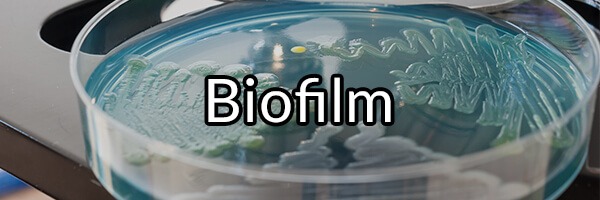
by John Brisson | May 7, 2018 | Biofilm, Opportunistic Microorganisms, SIBO, Upper gut
Biofilm is any group of microorganisms that stick together in a large colony on a surface. Bacteria, for example, adhere themselves to a surface, and other bacteria using tiny hair-like appendages called pili. They also form polysaccharide matrices to enclose the...










